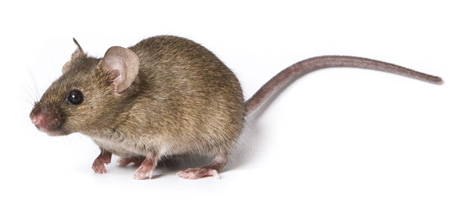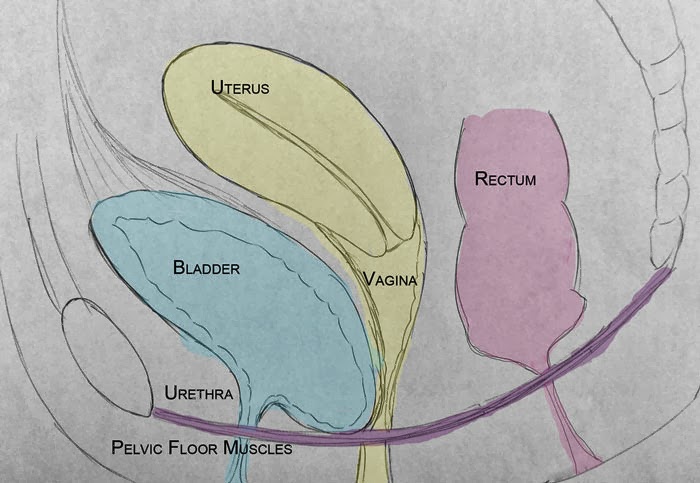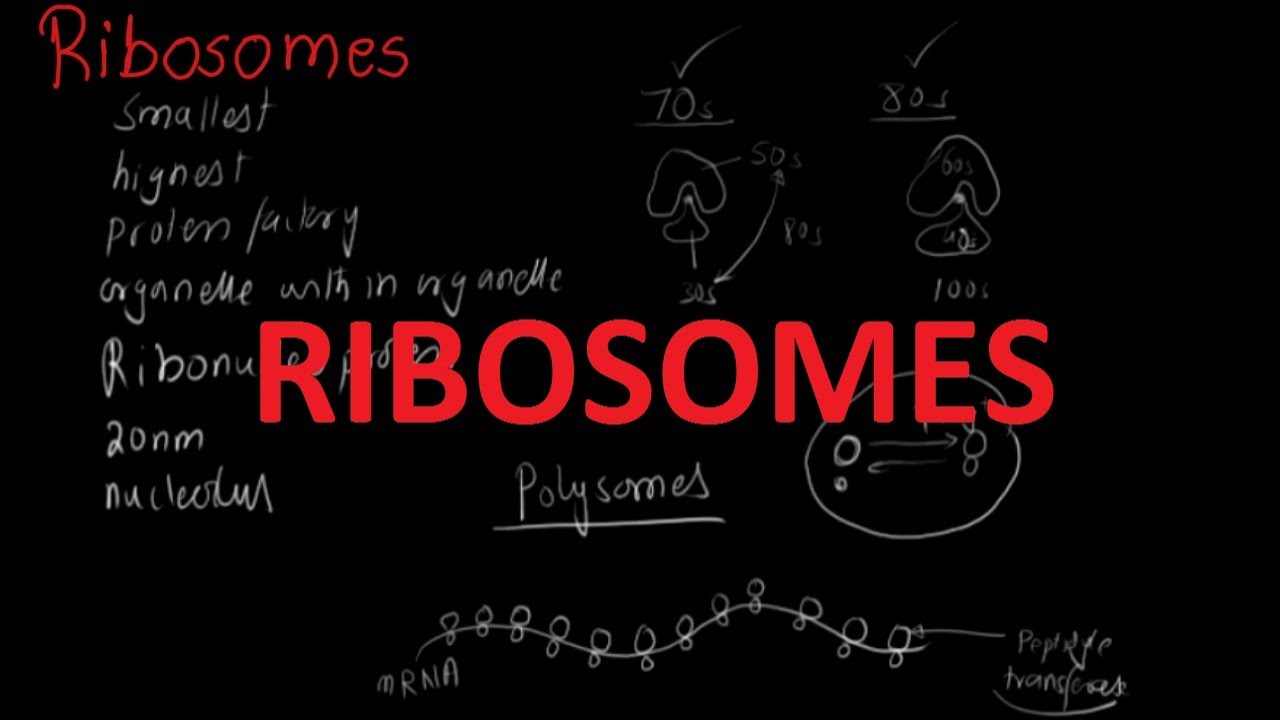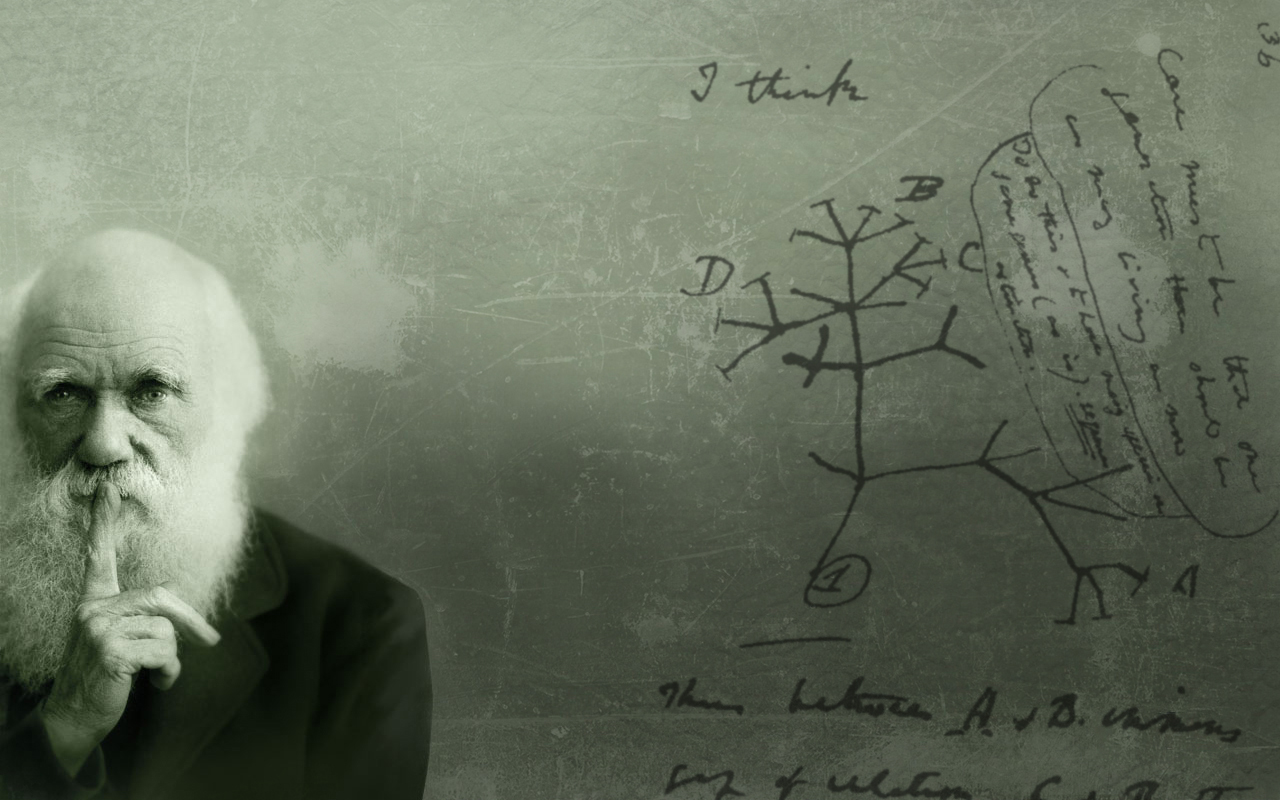The advent of recombinant DNA technology, allowing for the manipulation of specific DNA sequences and their propagation in bacteria, changed the landscape in biomedical research. The ability to clone specific DNA sequences however, did very little to advance the understanding of the effects that production of a specific gene product would have on an individual cell, and even less about how it might affect an entire organism. The development of “transgenic” mouse technology in the early 1980s provided a paradigm-shifting approach to understanding the function of individual gene products.
Cloning Complementary DNA
Before the development of recombinant DNA methods, the only way to study a particular gene product, most likely a protein, was to try to purify it from extracts of cells or tissues. Once purified, the protein could be tested to see if it produced the specific activity or function it was believed to have. Recombinant DNA methods allowed for the production, in a test tube, of a DNA copy (a complementary or “cDNA”) of the messenger RNA (mRNA) that contained the information to synthesize a particular protein. And then a researcher could “clone” this cDNA copy into a plasmid DNA molecule and introduce it into bacteria by transformation in order to make more copies. For many reasons, this would only rarely provide any information about the protein that the original mRNA encoded.
Making Transgenic Mice
In the early 1980s, a new technique was reported that would dramatically alter the way that genes and their products were studied. Using fertilized eggs isolated from mice, two collaborating groups of scientists, one at the University of Pennsylvania, the other at the University of Washington, were able to inject a plasmid DNA construct carrying the information for an enzyme known as thymidine kinase into the male pronucleus of a fertilized mouse egg. A series of injected eggs were then implanted into the uterus of female mice that were given pregnancy hormones (Brinster).
The DNA construct that was engineered had the enzyme DNA sequence under the control of what is known as a promoter. This is a specialized sequence of DNA that tells the enzymatic machinery of the cell where to start making messenger RNA copies from the DNA sequence. Many promoters are only activated at a specific developmental stage and only in specific cell types. Remarkably, when the new mice were born, they had incorporated the new DNA into their chromosomes and were making the thymidine kinase protein in a few selected tissues.
With the numerous improvements and refinements made to the original technique, today transgenic mice are regularly generated in research facilities all over the world. The technique has allowed for a more critical understanding of the function of numerous proteins, and how some mutated versions of specific proteins can cause the diseases with which they are associated.
Coupled with the steadily advancing understanding of the DNA sequences that control the expression of genes in specific cells and tissues, transgenic mice today can be made to express a specific gene and its product in numerous tissues at specific times in the lifespan of the mouse, an incredibly powerful tool with which to understand the function of that protein.
Currently, transgenic techniques have expanded beyond mice. Animals such as rats and rabbits and goats have been bred that have a “transgene” inserted into their DNA. In the case of goats, using a promoter to direct the synthesis of a therapeutically important protein only by the mammary gland has led to the production of the protein in the goat’s milk, allowing for easy collection and simpler purification.









